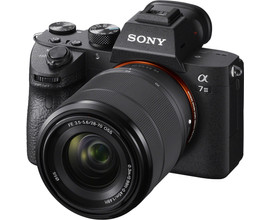
Compare the Sony A7 II to the A7 III
Sony A7 II
- With the 24-70mm lens, you can take portrait, landscape, animal, and architectural photos.
- The 5-stop electronic image stabilization is compatible with any lens.
- You can take accurate photos with the improved focus speed and AF tracking.
- Due to the total weight of 600g, the A7II isn't one of the lightest full-frame cameras.
- A memory card isn't included.
Sony A7 III
- With the 28-70mm zoom lens you can photograph portraits, landscapes and animals, among other things.
- Due to the high maximum ISO value, you also photograph by hand in dark situations.
- You can record fast promotions thanks to the high number of images per second.
- The weight of 565 grams can cause a sore neck or cramped hands.
- When zooming in, the brightness decreases, so that you can take photos out of your hand for less.
- No memory card is included.
Most important differences between the Sony A7 II and A7 III
| Sony A7 II | Sony A7 III | |
|---|---|---|
| Image sensor | Full frame, 24.3 mp | Full frame, 24.3 mp |
| Max. ISO | 25,600 | 204,800 |
| Image stabilization | Yes | Yes |
| Video resolution | Full HD | 4K |
| Focus points | 117 | 693 |
| Number of fps JPEG | 5 | 10 |
| Body weight | 556 grams | 565 grams |
Image quality

Sony A7 II
With cameras that follow each other, it is always boss above boss. This is also the case with the Sony A7 II. Just like its predecessor, this camera has a 24.3 megapixel full frame sensor, but it also has image stabilization. And that is very useful if you want to shoot in low light or capture moving subjects. The image stabilization corrects movements over 5 axes.
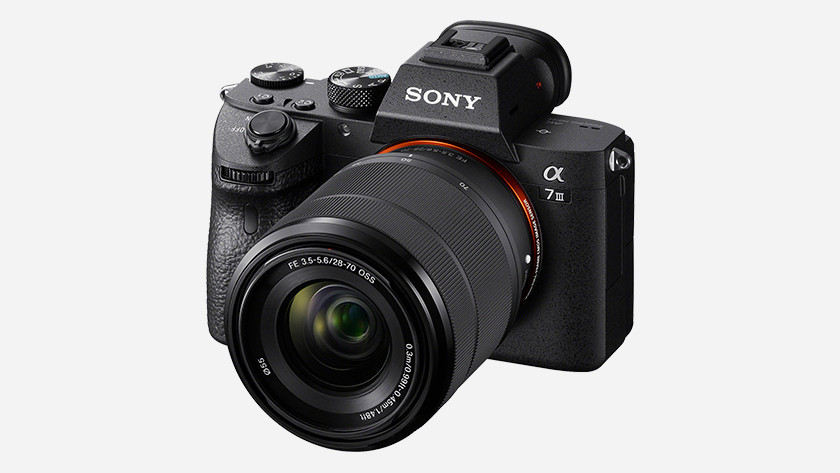
Sony A7 III
The Sony A7 III adds a little extra. In addition to a large image sensor, image stabilization over 5 axes and an advanced processor, this device has something extra. The ISO value can be extended to a maximum of 204,800. Not that you will do this quickly, but this means very good image quality in the lower ISO regions. You also film in the best quality, namely 4K.
Sharp images
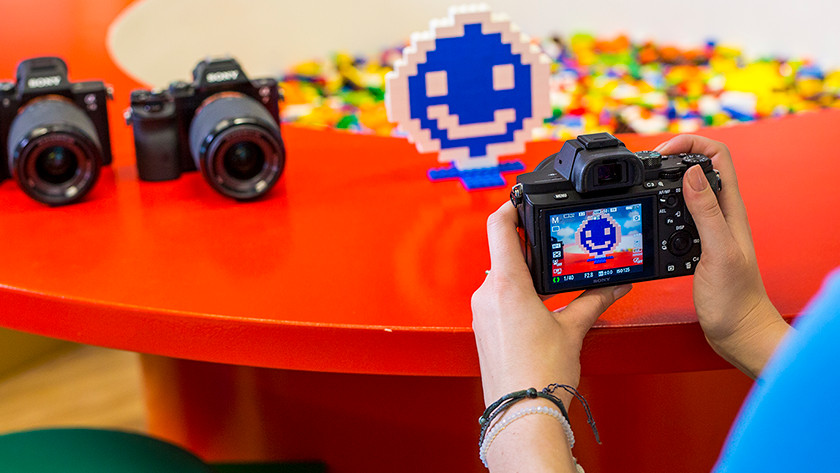
Sony A7 II
With the Sony A7 II, you can freeze the movement of your subjects. In total, you take 5 photos per second. If you only want to focus on the action, use the track function. That's a useful autofocus function with which your camera track your subject. If you focus manually, you can choose from 117 focus points.
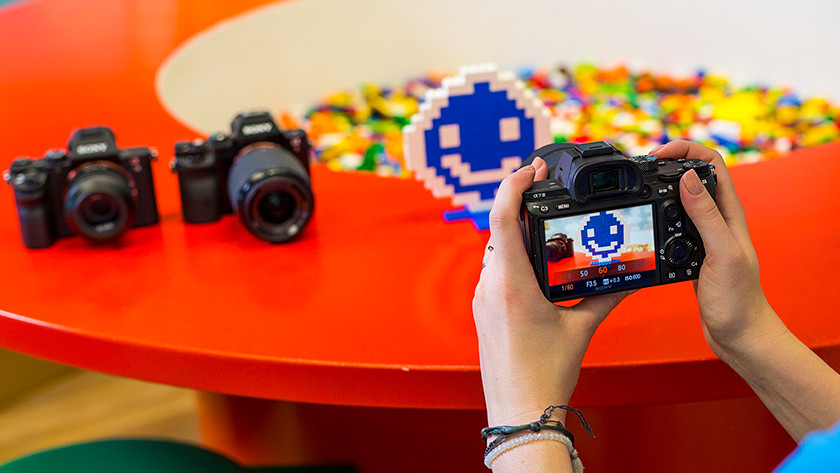
Sony A7 III
Speaking of boss above boss, this device excels in auto focus. The Sony A7 III has a 4D autofocus system. Which means that the camera takes into account width, height, depth (speed) and time (prediction) when focusing. This always produces a sharp image. In addition, with manual focusing you have a choice of 693 focus points that cover no less than 93 percent of the image.
Physical properties
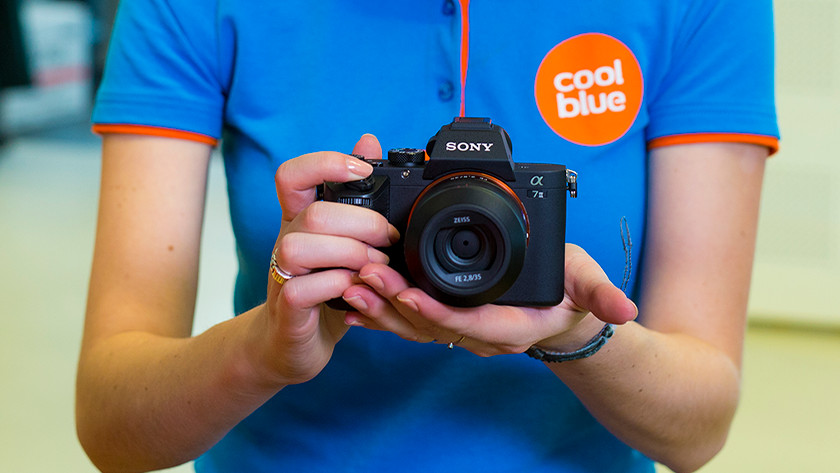
Sony A7 II
This device is a bit lighter than the Sony A7 III. In total, the body of the Sony A7 II weighs 556g. The camera is also less thick. But thanks tot the rubber grips on the front and back, you can still easily lift it with one hand. There are also plenty of control buttons. The 3-inch fold-out screen displays everything clearly. Just like the viewfinder, which has almost no delay.
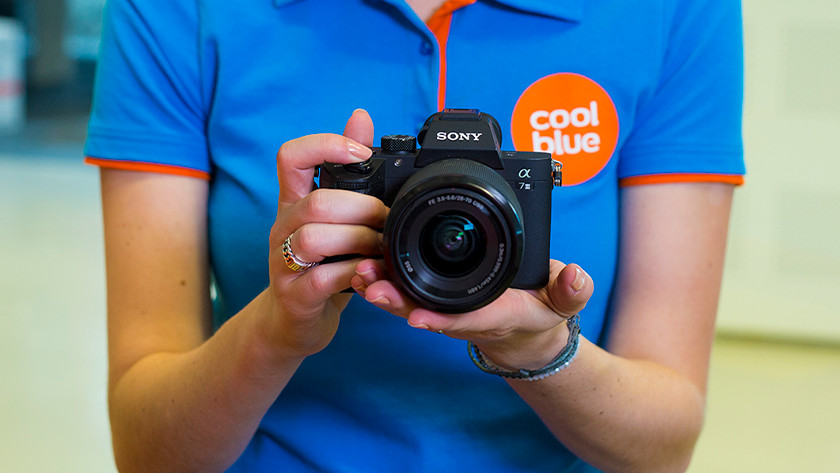
Sony A7 III
The Sony A7 III offers the best quality of the three cameras. It is therefore not surprising that this is the largest device. With 565 grams, the body is not that much heavier than that of the Sony A7 II. Everything is done. You can find a nice extra in an opening on the side, where you can store no less than two memory cards. The camera is the only one with a touch screen that makes setting easier.
Conclusion
If you compare the 2 camera, you'll notice one device can do a bit more than the other. The Sony A7 III offers the most options, especially in terms of image quality and autofocus. If you want to spend less money, the A7 II also makes high-quality photos. The advantage is that both devices have a full-frame sensor. With this type of sensor, you can use the whole image angle.




